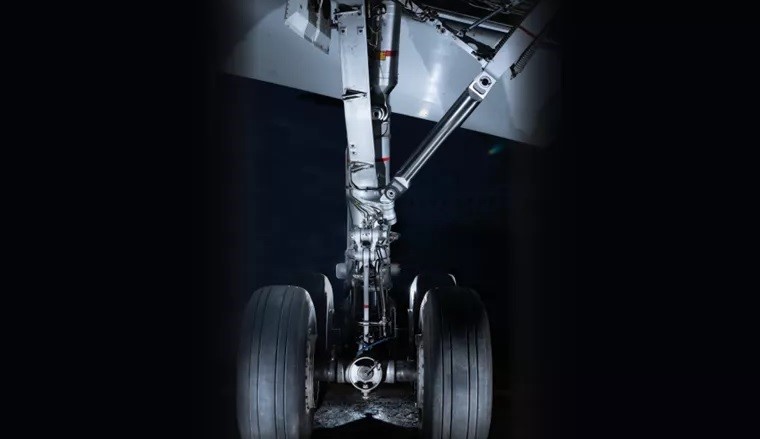

Farnborough-based TISICS has introduced new lightweight metal composite landing gear that it says may save £650k per aircraft per year in fuel expenses. Light Land, developed in collaboration with Safran Landing Systems, is believed to be the world's biggest metal composite built for civil aviation.
It is composed of aluminium and titanium and serves as a prototype for what TISICS claims would be a variety of metal composite components that may lower aviation emissions by 9.6 million tonnes if used on wide-body aircraft. According to the business, their composites provide a weight reduction of 30-70 per cent, excelling at high-strength steel and surpassing the strength and rigidity of titanium at a 40 per cent lower density.
{alcircleadd}
"We're hugely excited to showcase the potential of Light Land for the UK's aerospace industry. Offering high-value, fuel-efficient, zero-carbon, and commercially available aircraft components is a huge first step towards achieving JetZero. TISICS' future products will lead to increased competitiveness for UK aero-manufacturers, securing a first-mover advantage in high-value markets. This will create a domestic supply chain, reshoring previously imported products, and generating over 240 highly skilled jobs in the UK within the next five years," said Stephen Kyle-Henney, CEO at TISICS.
According to Aerospace Technology Institute (ATI) and PwC, developing ultra-efficient lightweight aerostructures provides a £9.8 billion market potential by 2041. By shifting to low-carbon aviation technology, the UK may increase its market share from 13 per cent to almost 17 per cent by 2050, resulting in a £4.6 trillion worldwide market for new aircraft deliveries between 2022 and 2050.
While implementing low-carbon propulsion technologies like hydrogen into aeroplanes is expected to take time and will need to develop new airframe designs, existing lightweight components provide low-hanging fruit for the industry.
“Reduction of landing gear structural mass is a key lever for Safran Landing Systems in its roadmap to net zero emissions for aircraft. TISICS’ innovative metal matrix composite technologies offer an interesting and compelling possibility to achieve lighter, more fuel-efficient aircraft while maintaining architectural similarity to current products,” said Kyle Schmidt senior vice president R&T, Innovation & Eco-Design, Safran Landing Systems.
Responses








